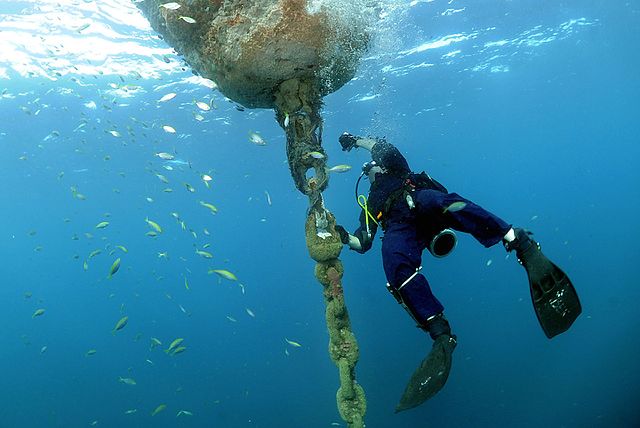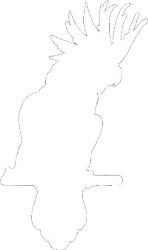
With Svenja Schüffler, Anne Schreiber, Gregor Kanitz
Jan 12th 2018
Finnissage dark, liquid Galerie Nord/Kunstverein Tiergarten, Berlin
From 2017-12-08 until 2018-01-13 the exhibition “dark, liquid”, curated by Julia Heunemann, took place at the Galerie Nord/Kunstverein Tiergarten.
Roger Wardin, Angela Glajcar, Jenny Michel, Reiner Maria Matysik, Gregor Peschko and Rona Lee presented art works questioning the knowledge of the sea. The spectator is confronted with sculptures, oceanographic records, movies, paintings, drawings, sounds and even a deepwater exploration vessel, which all show the ocean as a deeply aesthetic space, that delivers access only through practises, media and technical objects.
The IUK was invited to be part of the finissage and gave two presentations, summed up by a talk with Burkhardt Wolf, Visiting Professor at Humboldt-Universität zu Berlin.
The first contribution from Gregor Kanitz was called “The art of mastering the sound/rush of the sea” (“Die Kunst, das Meeres-Rauschen zu beherrschen”) and gave a poetic lecture about the french oceanographer Jacques Cousteau (1910-1997) and his prize-winning film and book “The silent world” (orig. “Le Monde du silence”) from 1956. The film itself and the aesthetic of the submarine world are the result of technological inventions and revolutions. Cousteau was the inventor of scuba diving and helped to create the ocean world as a mass medium. At the beginning scuba diving was very dangerous, for example a nitrogen narcosis (also called “rapture of the sea”) was a serious challenge. Also Cousteaus expeditions with his research ship “Calypso” were an odyssey and adventure for an audience of millions.
As Horkheimer and Adorno noticed in their “Dialectics of Enleightenment” each odyssey conveys the risk of seduction as well as many other hazards challenging the exploring subject. Cousteau managed this problem strangely enough by declaring the ocean as silent.
This gave a bridge passage to the second presentation by Svenja Schüffler entitled “The Silence of alarms” (“Das Schweigen der Alarme”).
In 2004 Boxing Day tsunami took hundreds of thousands of lives. In reaction the German Indonesian Early Warning System GITEWS was established as an attempt to reduce the risk of tsunamis at the west coast of Indonesia. In her talk Svenja described how these instruments for reducing dangers could become itself a source of risk and therefor part of the problem. Today it seems that the buoys based warning system has been rendered useless and an inconsistent public information system was unable to coordinate the operation status and data of the GITEWS.
A sad affirmation of these problems was the second big Indonesian tsunami on Christmas 2018 with again hundreds of fatal victims.
To resume these cases of oceanographic knowledge the IUK was happy to welcome Burkhardt Wolf, literary/cultural historian from Berlin. He took part in a talk moderated by Anne Schreiber.
Beginning with the statement that the word risk (“Risiko”) etimologically derives from ancient greek “cliff” the first modern calculations about risks were made by merchants in the 16th century. Following we discussed in how far dangers and risks can be analysed in economic categories in the widest sense. Burkhardt gave examples of fictional economies, technical risk mitigation and calculating ways of writing. And with the engaged hospitality of the Kunstverein/Galerie Nord we managed not to become silent considering the vast field of risk and danger between science and art.

